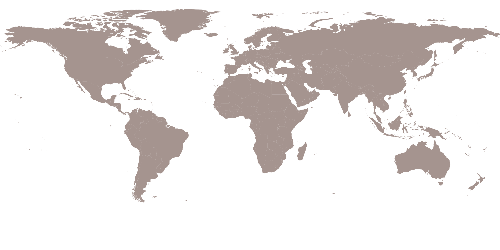Sustainability is at the heart of the university’s design. Brise-soleil and planted façades reduce cooling demand by 40%, while rainwater harvesting and recycling systems cut water consumption by nearly 50%. The rooftop, equipped with photovoltaic panels and spaces for urban beekeeping, becomes a productive green environment. Remarkably, the total green surface area exceeds the entire site footprint, demonstrating a commitment to ecological preservation – and seamlessly integrates education, sustainability, and community, setting a new benchmark for urban development in Dhaka.
Project status: Officially opened, March 2024
Singaporean urban design and architecture firm WOHA’s recently opened BRAC University campus in Dhaka, Bangladesh, represents a transformative vision of sustainability – both environmental and social. The campus exemplifies how architecture can harmonize with local contexts while addressing broader global challenges. WOHA Co-founder Wong Mun Summ, an architect known for pioneering sustainable design in tropical climates, led the project with a focus on creating a positive urban and social impact.
Located in the dense urban fabric of Dhaka, where green and public spaces are scarce, the university offers an oasis of greenery and inclusivity for both students and the community. Here, WOHA prioritized creating a building that would not only serve its 20,000 occupants but also become a catalyst for positive urban change, offering shared spaces for learning, relaxation, and interaction. This approach reflects their ethos of social sustainability – designing for people and fostering well-being.




















